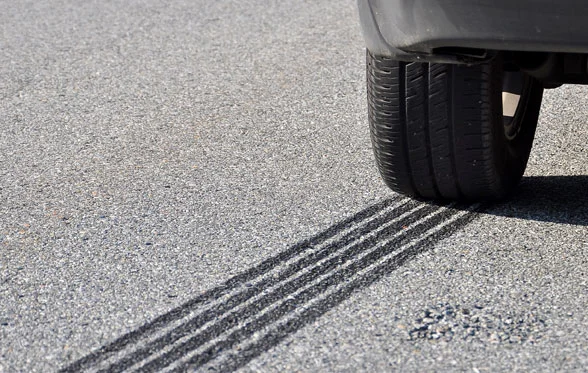The real driving emissions (RDE) requirements, which have been specifically developed to address the discrepancy between the exhaust emissions measured in the test laboratory during type approval testing and the exhaust emissions generated by vehicles in real driving conditions, are being introduced into the European Union Regulations on light duty vehicle emissions via a series of legislative "packages", the first two of which have now been published. The first "package", which introduced the basic test specifications and test procedures for RDE testing, was published as EU Regulation No. 2016/427. The second "package", which specified the "conformity factors" for RDE testing, was published as EU Regulation No. 2016/646.
A third "package" of RDE requirements has now been developed by the European Commission and a first draft of this "package" was made available for discussion at the Technical Committee - Motor Vehicles (TCMV) meeting which took place in Brussels on 3rd October, 2016. This third "package" introduces a number of new and revised requirements for RDE testing which can be summarised as follows:
- Particulate number (PN) emissions - The currently specified RDE requirements only address the emissions of nitrogen oxides (NOx), but this new draft proposes introducing the necessary equipment specifications, calibration procedures, protocols and limits to cover the measurement of particulate number (PN) emissions during RDE testing.
- Cold start emissions - Under the currently specified RDE requirements, the exhaust emissions during the first 5 minutes of the RDE test are recorded, but excluded from the emissions evaluation. In the new draft, it is proposed that the emissions measured during the first 5 minutes of the RDE test are included in the emissions validation and a new preconditioning procedure is specified that vehicles must be subjected to prior to a "cold start" RDE test.
- Hot start emissions - Recognising that some vehicles have been shown to produce higher emissions from a hot start than from a cold start, the new draft proposes that vehicles should be subjected to "hot start" RDE testing in addition to the "cold start" RDE testing.
- Hybrid vehicles - The currently specified RDE requirements do not allow for the testing of hybrid vehicles, especially plug-in hybrid vehicles. Therefore, the new draft proposes a number of new and revised requirements to allow RDE testing to be carried out on hybrid vehicles.
- Periodically regenerating systems - Under the currently specified RDE requirements, if a regeneration event occurs during the RDE test, the test may be voided and repeated. In the new draft, it is proposed that RDE tests during which a regeneration event occurs remain valid. However, when evaluating the results from such RDE tests, the ki factors or Ki offsets determined during worldwide harmonised light duty vehicle test procedure (WLTP) emissions testing will be applied to the measured results.
- Vehicles equipped with speed limiters - Recognising the fact that some vehicles which fall within the scope of the light duty emissions Regulation, i.e. M2 and N2 category vehicles, are required to be fitted with speed limitation devices, the new draft introduces some revisions to the RDE drive cycle requirements to allow for the testing of such vehicles.
- Small volume and ultra-small volume manufacturers - The draft includes new definitions for, and new requirements applicable to, small volume manufacturers (annual worldwide production less than 10,000 units) and ultra-small volume manufacturers (annual worldwide production less than 10,000 units, plus annual registrations in the EU less than 1,000). It is proposed that small volume manufacturers would only be required to carry out "monitoring" RDE testing during the “temporary conformity factor” phase and that ultra-small volume manufacturers would be exempted from the RDE requirements altogether.
- Declaration of conformity factor - The draft proposes an amendment to the Certificate of Conformity format specified in 2007/46/EC which would require the RDE conformity factor used for the vehicle's type approval to be specified on the Certificate of Conformity for each vehicle.
With regard to introduction dates, the draft Regulation proposes that compliance with the RDE testing requirements on particulate number (PN) emissions becomes mandatory from the dates shown in the table below. All of the other requirements introduced by the draft Regulation would enter into force twenty days after its publication in the Official Journal.
| New type approvals | All new vehicles | |
|---|---|---|
|
M1 and M2 category vehicles, and N1 category vehicles of Class I (i.e. reference mass ≤ 1305 kg) e.g. passenger cars, multipurpose passenger vehicles, minibuses, car derived vans and small pick-up trucks |
1st September 2017 | 1st September 2018 |
|
N1 category vehicles of classes II and III (i.e. reference mass > 1305 kg) and N2 category vehicles e.g. vans, large pick-up trucks and light trucks |
1st September 2018 | 1st September 2019 |
